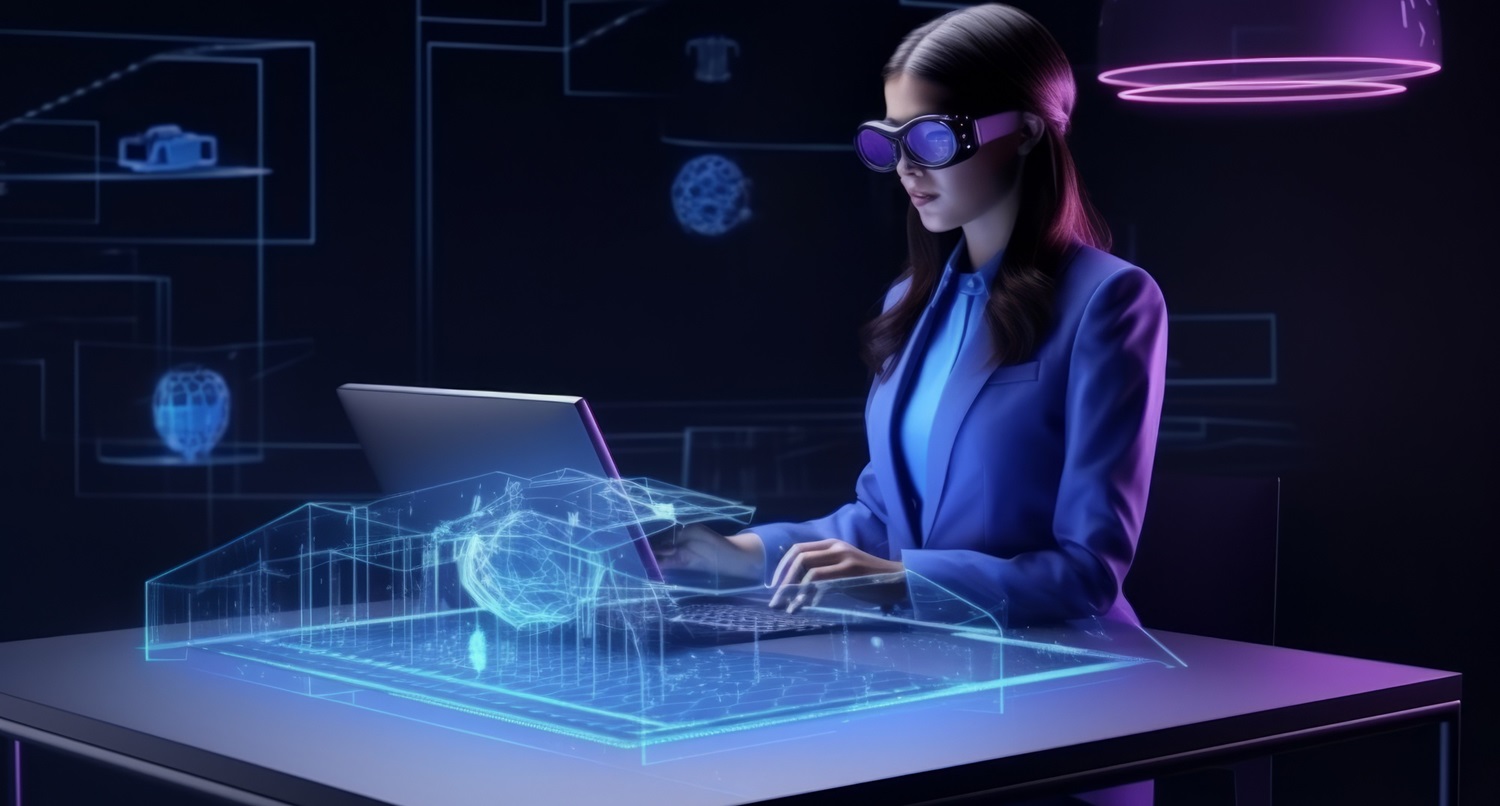
The Evolution of AI Assistants: From Siri to Sophia
Introduction
The evolution of AI assistants has been a captivating journey in the realm of technology. Once relegated to the realm of science fiction, these digital companions now seamlessly integrate into our smartphones and homes, promising convenience, efficiency, and an ever-evolving rapport with humanity. Let us embark on a journey tracing the transformative trajectory from Siri to Sophia—moving beyond mere voice-activated helpers to sophisticated humanoids capable of intricate interactions.
This narrative of AI assistants’ evolution reshapes our technological landscape, ushering in a new era of possibilities and blurring the lines between the virtual and physical realms.
The Genesis: Siri and the Rise of Virtual Assistants
The inception of AI assistants can be traced back to the introduction of Siri in 2011. Apple’s virtual assistant marked a paradigm shift in human-computer interaction, allowing users to interact with their devices using natural language. Initially, Siri’s early capabilities were centered around voice commands, setting reminders, and answering basic queries. The novelty of having a virtual assistant at your beck and call garnered widespread attention and set the stage for further advancements.
Alexa: Amazon’s Voice-Activated Revolution
In 2014, Amazon introduced Alexa, a cloud-based voice service that powered the company’s Echo devices. Alexa went beyond the smartphone paradigm, entering homes and becoming a central hub for smart home automation. The integration of Alexa into smart speakers marked a turning point in the evolution of AI assistants, transforming them from mobile-centric to household fixtures that could control lights, thermostats, and even order groceries.
Google Assistant and the Expansion of Capabilities
Following Siri’s debut, Google entered the scene with Google Assistant in 2016. Google’s take on AI assistants went beyond voice recognition, integrating advanced machine learning algorithms to provide more personalized and context-aware responses. Google Assistant not only answered questions but also interacted seamlessly with other Google services, making it a versatile companion for users across various devices.
Bixby, Cortana, and the Diversification of Virtual Assistants
As the market expanded, other tech giants joined the race with their own virtual assistants. Samsung introduced Bixby in 2017, emphasizing integration with Samsung devices and services. Microsoft’s Cortana, although less prominent, targeted the business and productivity space, aiming to assist users in their work-related tasks. The proliferation of virtual assistants showcased the industry’s commitment to making AI an integral part of users’ daily lives.
The Emergence of Conversational AI
Advancements in Natural Language Processing (NLP) and machine learning paved the way for more sophisticated conversational AI. Virtual assistants started understanding context, handling complex queries, and engaging in more natural and human-like conversations. This marked a significant leap forward, as AI assistants became increasingly capable of comprehending user intent and providing relevant, contextual responses.
The Quantum Leap: Sophia and Humanoid Robots
While virtual assistants dominated the early stages of AI evolution, the spotlight shifted towards humanoid robots as technology progressed. Hanson Robotics’ Sophia, introduced in 2016, became a cultural phenomenon. Unlike traditional virtual assistants confined to screens, Sophia boasted a humanoid form, facial expressions, and the ability to engage in dynamic conversations. This transition from virtual to physical representation marked a new era in AI development, blurring the lines between technology and humanity.
Integrating Emotional Intelligence
As AI assistants evolved, researchers and developers recognized the importance of emotional intelligence. Technologies like affective computing enabled AI to recognize and respond to human emotions. Virtual assistants and humanoid robots started demonstrating empathy, understanding tone, and adapting responses based on the user’s emotional state. This not only enhanced user experience but also opened up new possibilities for applications in mental health and well-being.
Ethical Considerations and the Path Forward
With the rapid advancement of AI assistants, ethical concerns and considerations have become more pronounced. Issues such as privacy, bias in AI algorithms, and the potential misuse of AI technology have prompted discussions and calls for responsible AI development. As we move forward, it is crucial to address these concerns and establish ethical guidelines to ensure the responsible use of AI assistants.
The Future of AI Assistants: Merging Virtual and Physical Realities
Looking ahead, the future of AI assistants appears to involve a seamless integration of virtual and physical realities. As technologies like augmented reality (AR) and virtual reality (VR) continue to advance, AI assistants may transcend screens and interact with users in immersive environments. The convergence of AI, robotics, and extended reality (XR) holds the promise of creating truly interactive and intelligent companions.
Conclusion
The evolution of AI assistants from Siri to Sophia represents a remarkable journey that has transformed how we interact with technology. From virtual assistants that started as voice-activated aids on smartphones to humanoid robots capable of engaging in emotional conversations, AI assistants have come a long way. As technology continues to advance, the future holds exciting possibilities, with AI assistants playing an increasingly integral role in our daily lives, bridging the gap between the virtual and physical worlds. However, it is essential to navigate this path responsibly, addressing ethical considerations and ensuring that AI development aligns with the values of a technologically advanced society.

